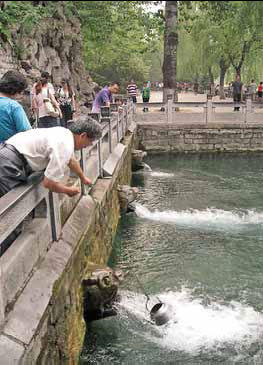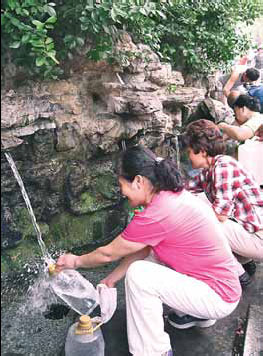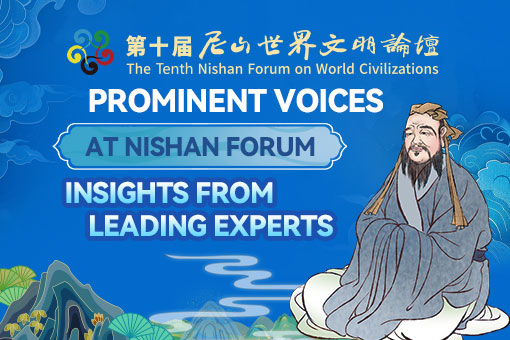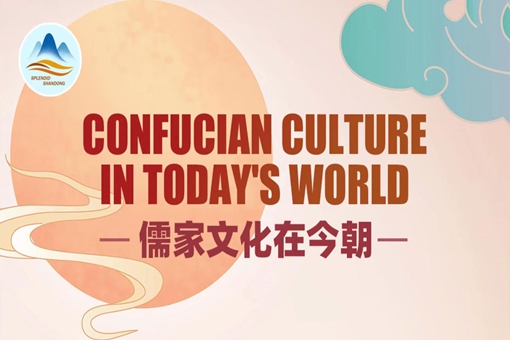Legacy of Jinan's springs
Updated : 2018-05-18
Print Print
Residents in Jinan get water from the Black Tiger Spring.

Jinan has about 645 springs, of which 72 are well known. Photos by Zhao Ruixue / China Daily
Jinan's old-timers fondly recall stories from their childhood, when one or the other of the city's 72-odd springs was central to their lives. For some, they still are.
Like 70-year-old Sun Chao-wen, who religiously collects water every day from the Black Tiger Spring near his home. "My mother would use spring water to cook and I am still using the same to make tea," he says.
He has quite a range of personal anecdotes about growing up in a terrain dotted with springs, from plunging into Black Tiger Spring as a kid to eating watermelons with friends on lazy summer afternoons. "I think the springs are the most precious memory of my childhood."
Ditto Wang Fenghua, 59, who cannot imagine what Jinan might be like if it weren't for the springs.
She is especially excited by the fact that the waters from these springs comes with distinctive tastes. "It's not the same everywhere - the water is softer and sweeter in a few of these."
She is also a little concerned that as more people wake up to the health-affirming properties of the spring waters, the springs are being exposed to greater hazards.
"The springs in Jinan are the most precious thing we have, it is our obligation to protect them," she says.
The local government has had a department dedicated to that task since the 1970s. "The challenge," says its director Lei Xue-duan, "is to be able to protect the springs from coming into harm even as the city goes through phases of construction and rapid economic development."
For instance, constructing a subway network is going to be a really tricky issue.
In 2003, a law prohibiting industrial units from harnessing spring water was passed, which has been more or less complied with, says Lei.
Jinan has about 645 springs, including the 72 that are best-known.
"We're trying to get Jinan the status of a world heritage site, as it is a natural, intangible heritage, promote the city's culture and lifestyle around springs," Lei says. "We will host a Jinan Springs Culture Festival next year."
The optimism is palpable. "Tourist interest in the springs is steadily rising," he reveals. "Previously Qufu and Mount Tai were the obvious tourist destinations in Shandong, but now people are coming to Jinan just to see the springs."
By Zhao Ruixue ( China Daily)
zhaoruixue@chinadaily.com.cn

 Insights from the 10th Nishan Forum
Insights from the 10th Nishan Forum  Confucian culture thrives: Integrating its wisdom into modern value
Confucian culture thrives: Integrating its wisdom into modern value  Confucianism's enduring influence: Shaping East, Southeast Asian civilizations
Confucianism's enduring influence: Shaping East, Southeast Asian civilizations